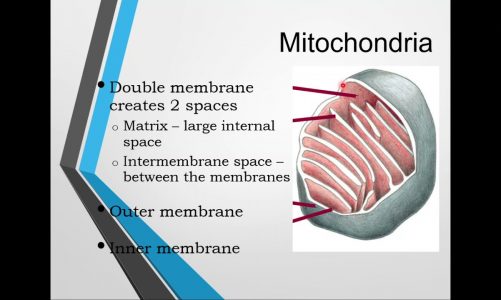In this “Ask Me Anything” (AMA) episode, Peter reviews the last 12+ years of his DEXA scan results revealing the changes to his body composition, lean muscle mass, visceral adipose tissue, and more. He explains how his body composition and blood biomarkers were impacted by the various dietary approaches (ketosis, fasting, high protein, etc.) and training protocols (primarily endurance, primarily strength training, etc.) he has undertaken over the years. Furthermore, Peter explains his planned approach moving forward following his most recent DEXA scan in late 2022.
If you’re not a subscriber and listening on a podcast player, you’ll only be able to hear a preview of the AMA. If you’re a subscriber, you can now listen to this full episode on your private RSS feed or on our website at the AMA #44 show notes page. If you are not a subscriber, you can learn more about the subscriber benefits here.
We discuss:
- DEXA scans and other methods for tracking body composition [2:30];
- Importance of tracking data over time to see trends [10:15];
- DEXA scans in 2011: swimming, lifting, and a carb-restricted diet [12:45];
- DEXA scans 2012-2014 during Peter’s time on a strict ketogenic diet [18:30];
- Blood biomarkers for evaluating metabolic health [25:15];
- DEXA scan in 2020 after several years of regularly engaging in time-restricted feeding and prolonged fasting protocols [28:45];
- DEXA scan in 2021: shifting focus to adding muscle, high-protein diet, and more strength training [40:00];
- DEXA scan in early 2022: eating additional calories and adding blood flow restriction (BFR) to his workouts [44:45];
- DEXA scan in late 2022: a dramatic change following shoulder surgery, and the impact of stress [48:30];
- Peter’s approach moving forward following his most recent DEXA scan [59:15];
- A rundown of the various nutritional methods of energy restriction [1:06:15];
- Current thoughts on fasting and key takeaways [1:09:45]; and
- More.
§
DEXA scans and other methods for tracking body composition [2:30]
In this conversation, Peter will review the last 12+ years of his personal DEXA results
- See AMA #40 for more on DEXA scans and how Peter goes through results with patients
- During the last 12 years, Peter’s nutritional and training approach has varied pretty drastically
- For instance, growing up, his main thing was boxing – a very, very weight driven sport – Every ounce of non-essential tissue you carry into the ring is problematic
Calipers
- Back in his younger, boxing days, he relied on calipers for body composition
- It’s not the most objective standard and it’s highly dependent on the skill of the individual doing the test
- That said, a person who really knows what they’re doing with caliper’s is awfully good and pretty accurate
Hydrostatic testing
- Fast forward to Peter’s thirties, he was monitoring body composition using hydrostatic testing
- This is where you’re weighed while dry and then weighed again underwater under the conditions of full exhalation
- The ratio of those two weights, and the use of Archimedes’ principle, would basically allow them to deduce how much of your weight was fat
- That turned out to be a pretty inaccurate way to go about doing things
- For no other issue, highly dependent on basically how much air is left in your lungs at the point of exhalation
DEXA scanning
- Late 2011, Peter switched over to DEXA scanning
- For all intents and purposes, DEXA is the gold standard
- It’s a type of x-ray that scans your body that effectively divides tissue into the following buckets very accurately; bone, fat, “other”
- The “other” is mostly muscle, but of course it’s also your organs
What DEXA is looking at:
- It’s very good at giving total body fat because it’s very accurate at measuring fat
- Total body fat divided by total body weight is your body fat percentage
- Peter is adamant that his patients get DEXAs scans at least once a year
When going through the results with them, he explains basically the same four things
- First, the least interesting metric is your body fat percentage (which is what most people care about)
- Secondly, visceral adipose tissue (VAT), which is one of the compartments of fat that is outside of the subcutaneous stores
- If we’re going to put excess energy away, we want it to be in subcutaneous pockets of fat.
- As our capacity to store fat there get stretched, we begin to spill over into other places
{end of show notes preview}



